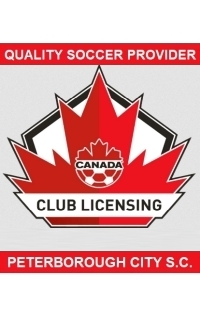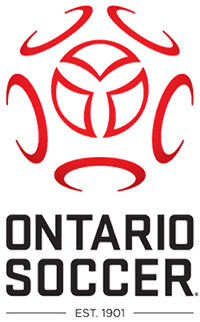Rowan’s Law (Concussion Safety) was enacted by the Ontario Government in 2018. This legislation is named in memory of Rowan Stringer, a high school rugby player from Ottawa who died in 2013 from a condition known as second impact syndrome (swelling of the brain caused by a subsequent injury that occurred before a previous injury healed). Rowan is believed to have experienced three concussions over six days while playing rugby. She had a concussion but didn’t know her brain needed time to heal. Neither did her parents, teachers or coaches.
A concussion is a common form of brain injury, and can be caused by a direct or indirect hit to the head or body (for example, a car crash, fall or sport injury). This causes a change in brain function, which results in a variety of symptoms. With a concussion there is no visible injury to the structure of the brain, meaning that tests like MRI or CT scans usually appear normal.
Rowan’s Law applies to athletes under 26 years of age, parents of athletes under 18, coaches, team trainers and officials. It establishes a Concussion Code of Conduct that sets out rules of behaviour to support concussion prevention as well as a Removal-from-Sport and Return-to-Sport protocol.
All concussions should be taken seriously
Signs and Symptoms
You can’t see a concussion. Signs and symptoms of a concussion can show up right after the injury or may not appear or be noticed until days after the injury. If your child reports one or more symptoms of concussions listed below, or if you notice the symptoms yourself, keep your child out of play and seek medical attention right away.
- Headache
- Difficulty remembering
- Nausea or vomiting
- Feeling ‘In a fog’
- Dizziness
- ‘Don’t feel right’
- Blurred or double vision
- Irritability
- Balance problems
- Fatigue or low energy
- Sensitivity to light or noise
- Nervous or anxious
- Delayed verbal and motor responses
- Disorientation
- Excessive drowsiness
- Disequilibrium
- Confusion
- Difficulty concentrating
Action Plan
If you suspect an athlete has had a concussion you should take the following steps:
- Remove the athlete from play. If EMS or an athletic trainer are on site have the child evaluated.
- Is emergency medical care needed?
(Review Clipboard Concussion Tool) - Inform the athlete’s parent/guardians(s) about the possible concussion and give them a copy of the your completed Suspected Concussion Report Form. Do not allow the athlete to drive or leave without adult accompaniment. If the athlete will not have adequate supervision, consider emergency medical assessment.
- Instruct the athlete’s parent/guardian(s) to contact their family doctor or nurse practitioner immediately to book an appointment
- Allow the athlete to return to play at a later date only when you have received written clearance by a healthcare provider (i.e. physician and/or nurse practitioner).
Most people with a concussion get better, but it is important to give your brain time to heal.
Acknowledgement: Peterborough Athletics Concussion Awareness (PACA)
Additional Resources
- PCSA Concussion Protocol
- Concussion Resources (Ontario Soccer Website)
- Rowan’s Law: Concussion Safety (Government of Ontario website)
- Rowan’s Law – e-booklet: ages 10 and under
- Rowan’s Law – e-booklet: ages 11 to 14
- Rowan’s Law – e-booklet: ages 15 and up
- Concussion Awareness Training Tool
- Concussion Quick Reference Guide (courtesy CATT)
- Athlete Information Sheet
- Parent Information Sheet
- Coaches Information Package
- Pocket Concussion Recognition Tool



